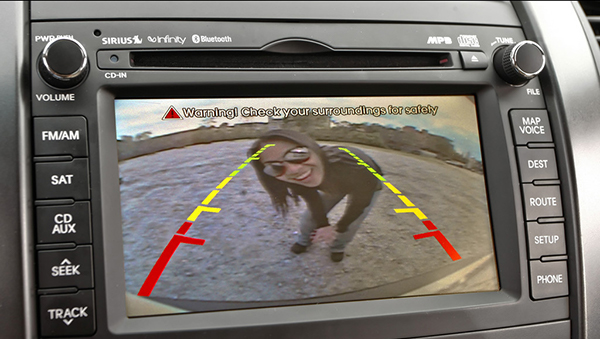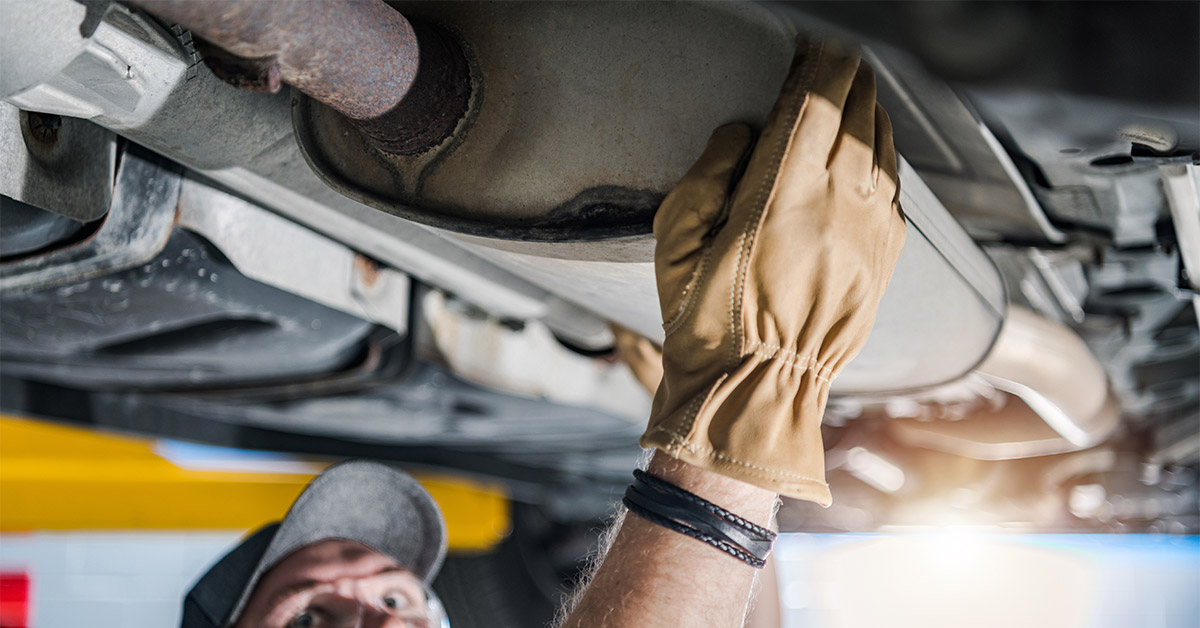It wasn’t too long ago that carmakers were touting advanced safety features like anti-lock brakes and airbags. Now standard features on vehicles include more advanced technology like traction control, tire pressure monitoring and cruise control. These safety features are no longer novelties, but expected instead. Therefore, engineers continue to develop more devices that keep drivers and passengers safe on the road. Guess what? There’s another bonus to having these safety features on your car. They can save you money on Car Insurance.
7 Safety Features That Can Save You Money
1. Collision Warning Systems
Collision warning systems use either cameras or radar to prevent vehicle collisions. When the vehicle senses a collision, it may give an audible warning or a vibration to notify the driver. It may even apply the brakes on your behalf.
2. Back-Up Cameras
Nearly 300 people are killed each year and another 18,000 injured in backover accidents. Back-up cameras are popular features that use cameras and sensors to ensure a clear pathway before a driver reverses their vehicle. This means that pedestrians and objects are more easily seen, which can then prevent unfortunate accidents.
3. Adaptive Cruise Control
Nowadays, most cars have cruise control. However, adaptive cruise control is one of the more advanced new safety features offered. When in use, adaptive cruise control uses radar sensors to automatically slow your vehicle to match the flow of traffic around you. It will then speed your car back up when the road clears.

4. Voice Controls
Distracted driving is one of the top causes of vehicle accidents. To help prevent distracted driving, vehicles are now being equipped with voice control capabilities. Voice controls allow you to answer the phone, control the stereo and even change the temperature hands-free. That means drivers can keep their eyes on the road.
5. Park Assist (Self-Parking)
Self-parking cars first hit the market about ten years ago, but drivers are just now beginning to trust this feature. Basically, park assist will parallel park your car seamlessly when activated. Yes, some of these new car safety features will make you feel like you’ve been transported to the future.
6. Lane Departure Warning
The lane departure warning system in a vehicle helps drivers pay more attention to the road. It will also remind you to use your turn signal. If your vehicle begins to move outside of its lane without the turn signal activated, this system will let you know. It might give you an audible warning, vibrate your steering wheel or simply pull the car back into the original lane.
7. Blind Spot Warning
These systems use either cameras or radar to monitor your vehicle’s blind spots. If another vehicle moves into your blind spot, you’ll receive a lighted warning. If you attempt to change lanes while there is a vehicle in your blind spot, the system will give you an audible alert.
Car Insurance
The more safety features you have, the better peace of mind you’ll have, too. However, it may take awhile for the auto industry to make all of these features an affordable standard on modern day vehicles. If you do have one or more of these safety features on your car, you may qualify for a Car Insurance discount. Several insurance companies reward safe drivers with a discounted rate, so why not get a vehicle that will help you be a safer driver? Safety features that typically come with discounts are collision warning systems, adaptive cruise control, lane departure warning and blind spot warning. Contact AIS today to get a free Car Insurance quote and learn about other Auto Insurance discounts you may qualify for.
The information in this article is obtained from various sources. This content is offered for educational purposes only and does not represent contractual agreements, nor is it intended to replace manuals or instructions provided by the manufacturer or the advice of a qualified professional. The definitions, terms and coverage in a given policy may be different than those suggested here. Such policy will be governed by the language contained therein, and no warranty or appropriateness for a specific purpose is expressed or implied.


